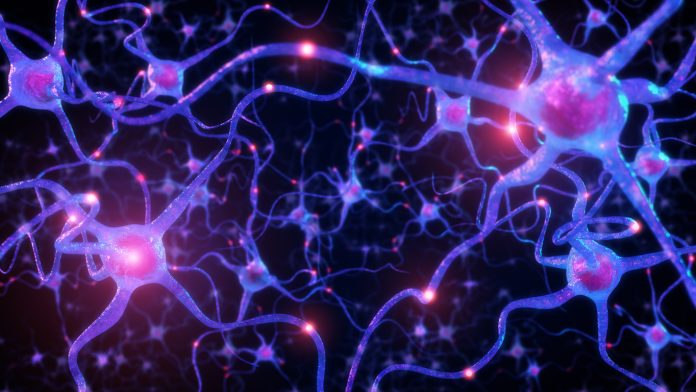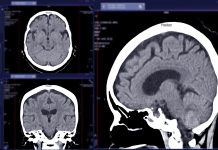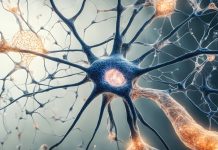A neuroscience mystery has been solved by using artificial intelligence (AI) to identify the electrical signatures of different types of brain neurons for the first time
Brains are made up of neurons, and each neuron is thought to play different roles in processing information. Scientists have long been able to use electrodes to record the activity of neurons by detecting the electrical ‘spikes’ that they generate while performing brain functions.
Despite recording spikes being invaluable to monitoring the activity of individual brain neurons, until now, the method has been ‘blind’ to the type of brain neuron being recorded. This process makes it impossible to identify how different neurons contribute to the brain’s operation.
AI automatically recognised five brain neurons
The researchers identified the distinct ‘electrical signatures’ of different neuron types in the mouse brain, using brief pulses of blue light to trigger spikes in specific cell types (a method called optogenetics).
The team created a library of different electrical signatures for each type of brain neuron, allowing them to train an AI algorithm that can automatically recognise five different types of neurons with 95% accuracy without further need for genetic tools. The algorithm was also validated on brain recording data from monkeys.
Dr Maxime Beau, co-first author of the study from the UCL Wolfson Institute for Biomedical Research, said: “For decades, neuroscientists have struggled with the fundamental problem of reliably identifying the many different types of neurons simultaneously active during behaviour. Our approach now enables us to identify neuron types with over 95% accuracy in mice and monkeys.
“This advance will enable researchers to record brain circuits as they perform complex behaviours such as movement. Like logic gates on a computer chip, neurons in the brain are elementary computing units that come in several types. Our method provides a tool to identify many of the brain’s logic gates in action simultaneously. Before, it could only be done one at a time and much greater cost.”
The technology will eventually be used on humans
The researchers confirmed that the algorithm can be applied to different species and humans. However, in the short term, the new technique means that researchers could use any normal animal to examine what different brain neurons do and how they interact instead of requiring complex genetic engineering to study the brain.
One of the main aims of the researchers is to study neurological and neuropsychiatric disorders such as epilepsy, autism, and dementia, many of which are thought to involve changes to the way different cell types in the brain interact.
Professor Beverley Clark a senior author of the study from UCL Wolfson Institute for Biomedical Research, said: “Just as many different instruments in an orchestra contribute to the sound of a symphony, the brain relies on many distinct neuron types to create the complex behaviour that humans and other animals exhibit. Our work is analogous to learning each instrument’s sound and then teaching an algorithm to recognise the contribution of each of them to a symphony.
“Being able to observe this ‘neural symphony’ of the brain in action has been a fundamental challenge in neuroscience for over 100 years, and we now have a method for reliably doing this.
“Although the technology is a long way from being able to be used to study neurological conditions such as epilepsy, we’ve now overcome a major hurdle to reaching that goal. In fact, some recordings of living human brain activity have already been recorded in patients during surgery, and our technique could be used to study those recordings to better understand how our brains work, first in health and then in disease.”








